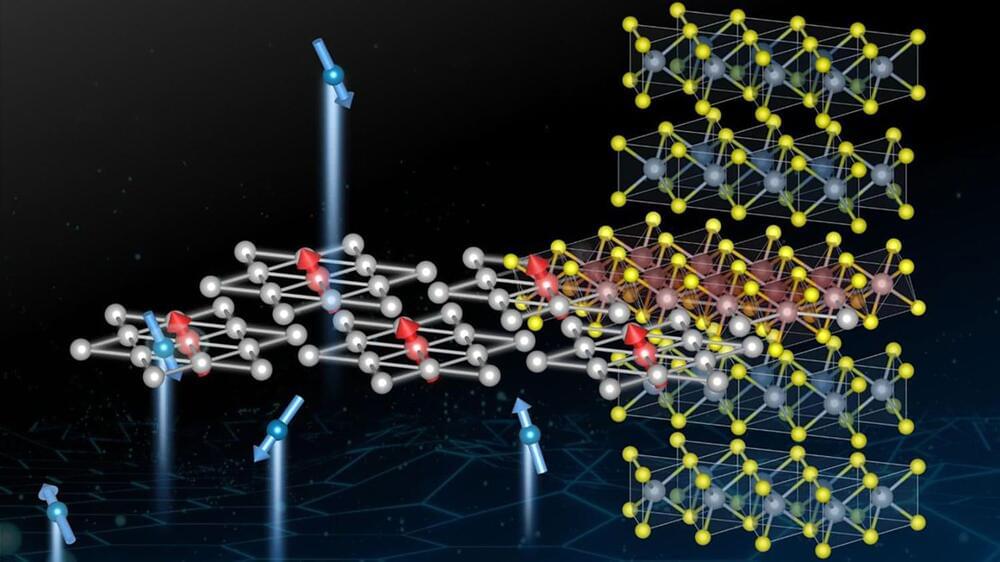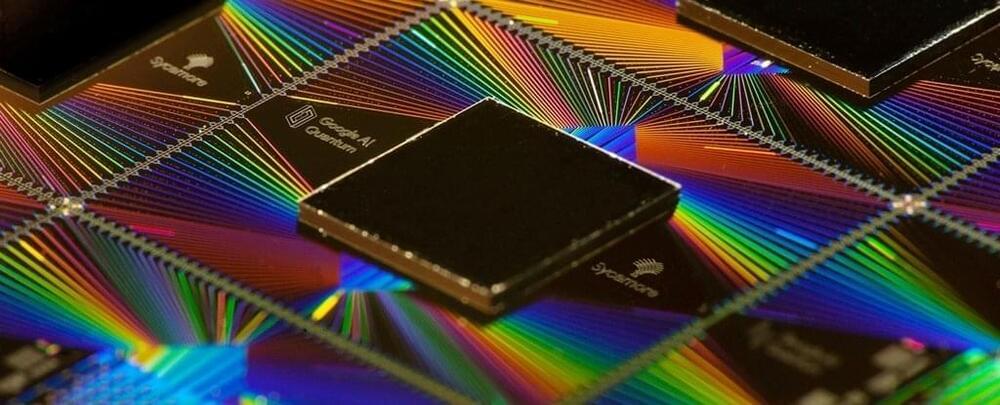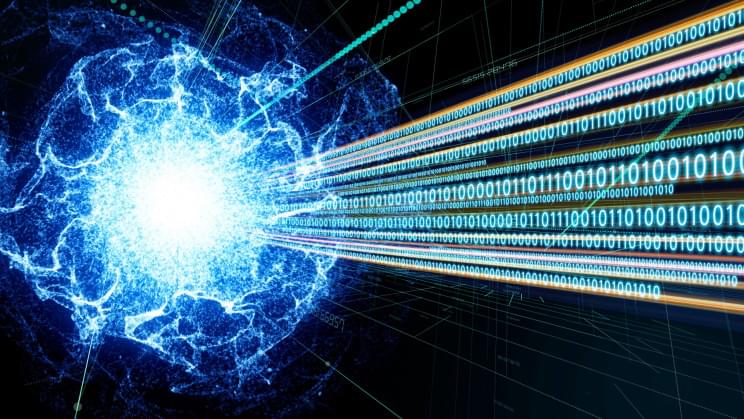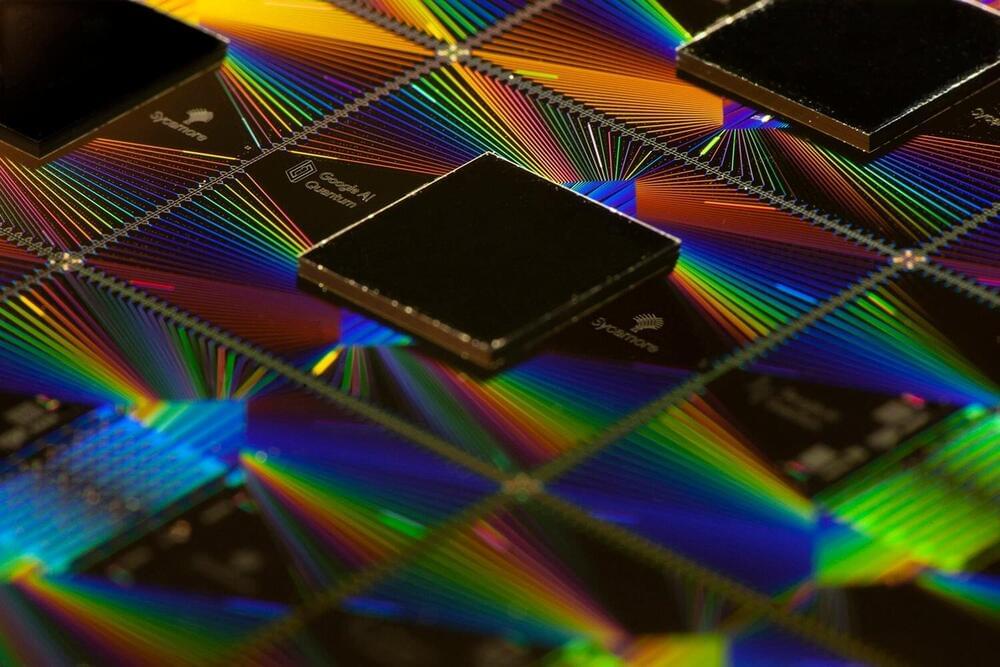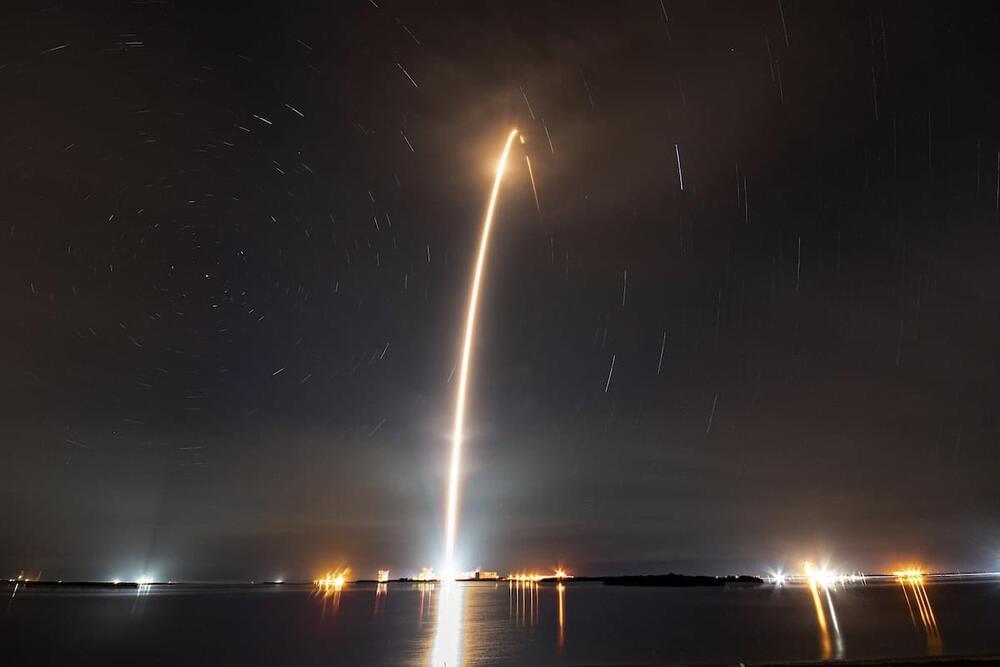Finland’s first quantum computer was commissioned at a research center near the capital Helsinki, where scientists will use it to study next-generation computing power.
The 5 quantum-bit computer was developed “to learn how to build a quantum computer, how to program one and how to operate one in the future,” Pekka Pursula, research manager at the VTT Technical Research Centre, said by phone on Tuesday. The machine was the joint work of VTT and quantum computing hardware company IQM Finland Oy.
“This 5-qubit computer has relatively low computational power, and it’s not enough to solve practical problems,” Pursula said. The researchers plan to build a 50-qubit machine by 2024 that could be used for applications such as modeling viruses and drugs, and designing materials that today’s technology is ill-equipped to handle.

